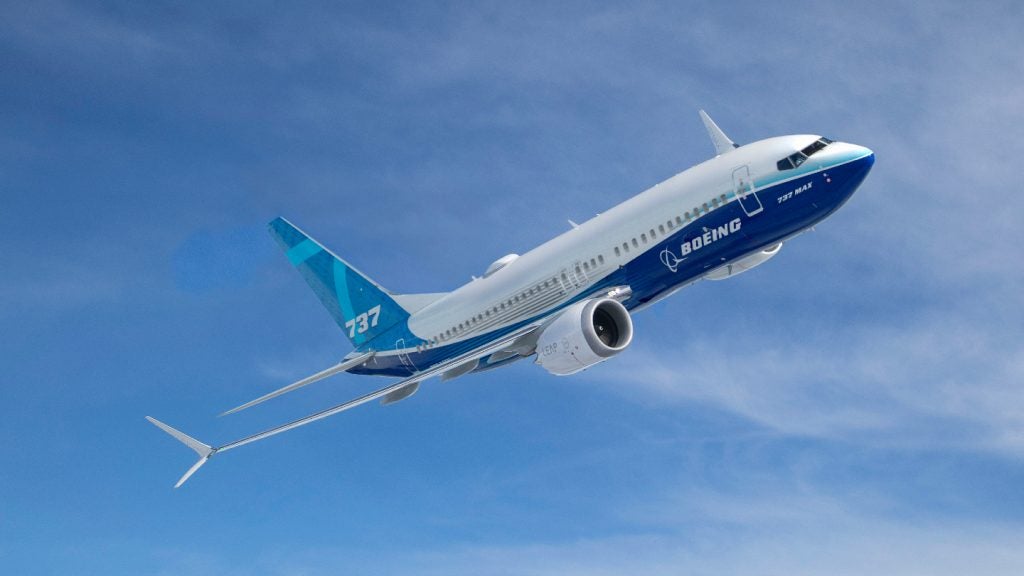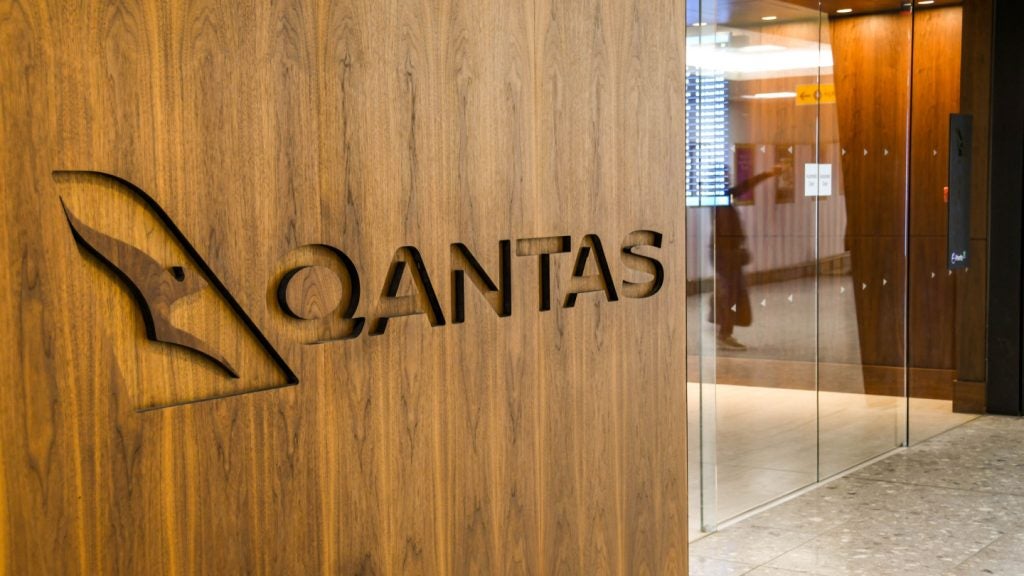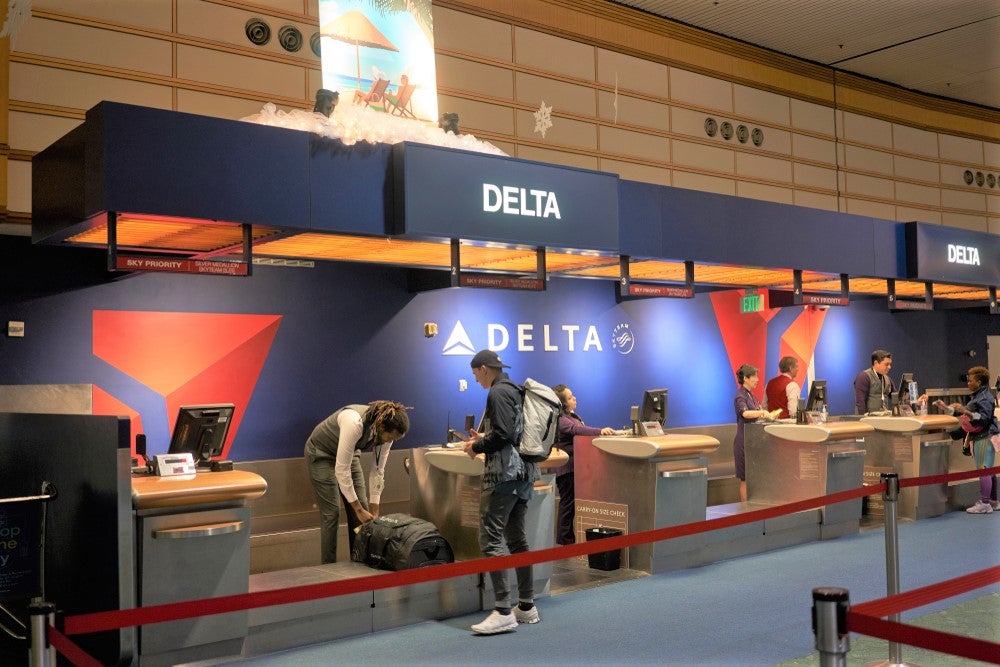
In September 2009, many of the world’s airports and airlines will meet in Beijing for the 15th World Route Development Forum (World Routes), an event that has done much to support and enable network expansion in the industry’s boom years. Meetings at the event have often focused on opening up new routes, but this year there is a different tone to many of the discussions.
With the industry hit by the global economic downturn and growing cost pressure on airlines, there has been more focus on cutting routes, maximising profit from existing routes, and finding a home for new planes that were ordered when the trading environment was more positive.
“This year has been the toughest year for the industry since 9/11,” says Neil Mulligan, airline director for The Route Development Group. “There really is a perfect storm of high fuel costs, a weaker economic climate, highly publicised aircraft crashes and swine flu. World Routes has always excelled at aiding airline expansion and the addition of new routes, but now much of the focus is on sustaining existing routes.”
Information exchange
While the emphasis of the event changes this year, it continues to be an important forum, providing the unique opportunity for airlines and airports to meet, share ideas and to negotiate new deals.
See Also:
“Airlines are looking at all their routes again with a view to cost-cutting, especially because they are so exposed to fuel prices, so they look at the event as a chance to talk about their networks and sometimes renegotiate existing deals with airports,” observes Mulligan. “They may also be looking at scrapping some routes and in Beijing they will have the chance to talk to airports about that too. Fleet orders made in the boom market are being delivered now, so airlines are looking to find the best frequency on their most successful routes and, in some cases, at new routes. So, while the World Routes event is essentially the same as before, it is now being used differently. Airlines are looking to limit the damage, and to adding new routes. It’s the adaptability of the World Routes model that allows this.”
How well do you really know your competitors?
Access the most comprehensive Company Profiles on the market, powered by GlobalData. Save hours of research. Gain competitive edge.

Thank you!
Your download email will arrive shortly
Not ready to buy yet? Download a free sample
We are confident about the unique quality of our Company Profiles. However, we want you to make the most beneficial decision for your business, so we offer a free sample that you can download by submitting the below form
By GlobalDataFocus on the future
The current climate in the industry means planning has become increasingly short-term. Airlines are less able to support unprofitable routes through difficult times, as Ryanair has demonstrated by pulling 40% of its aircraft from Stansted, its biggest airport. Recent surveys also show that financial aid to airlines from airports is at higher levels than ever before, suggesting airports recognise how reliant they are on maintaining key routes.
the same as before, it is now being used differently by airlines.”
Despite the challenging times, the additional aircraft coming into service ensures that among the decisions about scrapping some routes, there will be much discussion at World Routes about adding frequency to successful routes and also expanding networks. Because of this, many airlines will attend for the first time, and many will bring larger delegations, including procurement people and fleet planners. In fact, following on from this year’s event, a fleet planning conference has been designed to discuss the difficulties and challenges facing airlines, and their fleet orders.
Many of China’s internal carriers will attend, including Lucky Air and Shanghai Airlines, and major international carriers, so the possibility of collaboration with such airlines in opening up China and connecting its domestic airlines to the rest of the world is a powerful draw to the event. The Civil Aviation Administration of China will also attend a meeting chalet with a view to offering guidance to airlines on how to enter the Chinese market.
“Airlines go to the event to save money and reduce potential losses, and for opportunities to generate revenue,” says Mulligan. “As a result, airports could lose routes or frequencies they previously thought were safe, as airlines are looking very closely at every single route, so attendance for them is very important. There’s also the fact that one airport’s loss could be another’s gain, so unexpected opportunities are there to be taken.”







